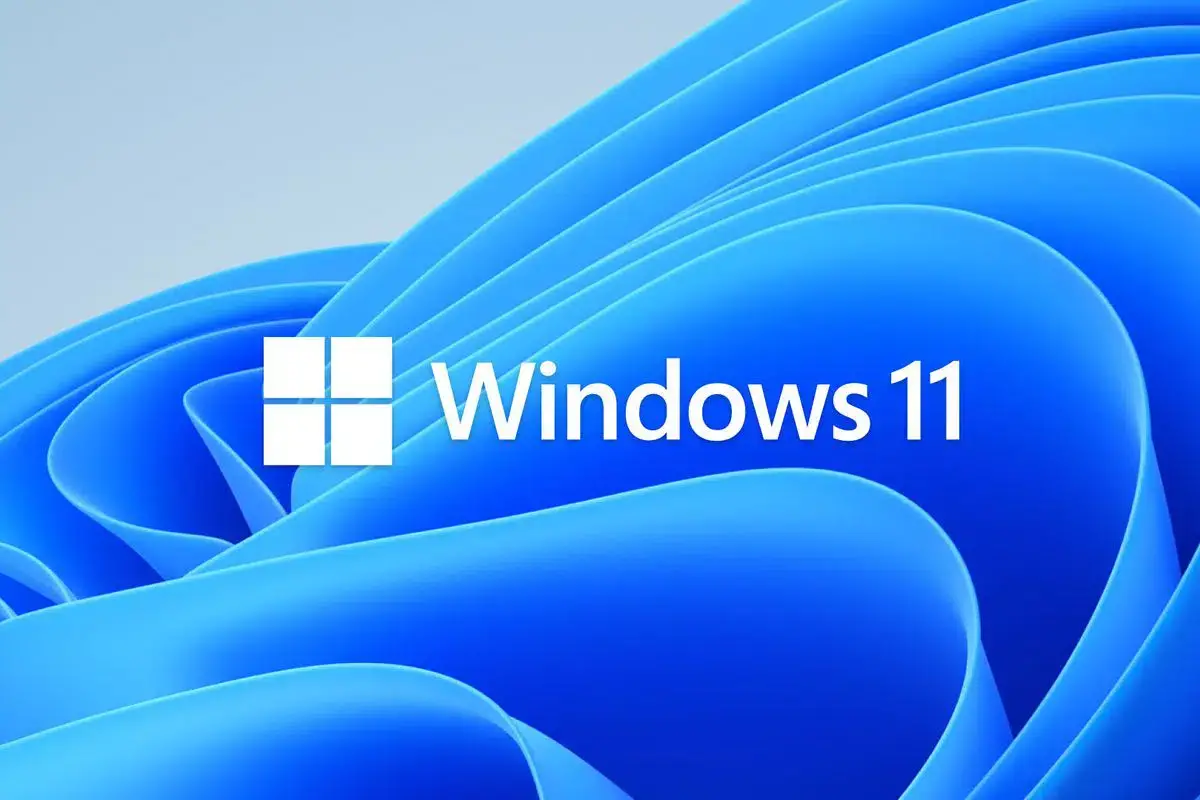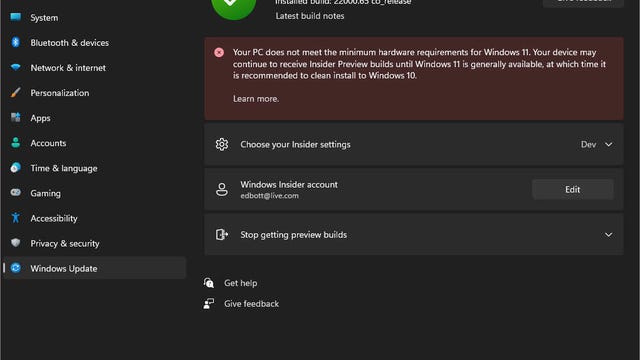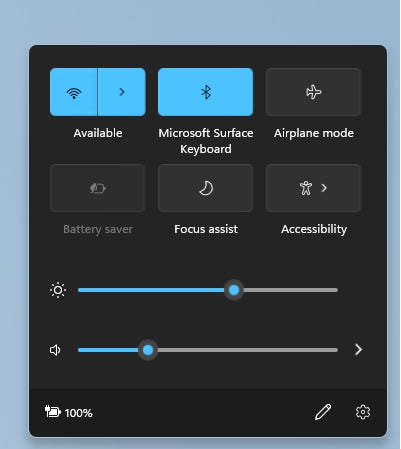Windows 11: upgrade guide and information you need
You’re not alone if you believe the timetable appears suspiciously quick. The Windows 11 release has gone rather quickly by today’s standards. That’s not the only peculiar aspect of this really unique publication. Numerous things you gained from earlier upgrading cycles are no longer relevant. This article will help you grab information for Windows 11 upgrade.
The successor to Windows 10 is Windows 11, at the risk of stating the glaringly obvious. Since Windows 11 is based on the same fundamental architecture as Windows 10, Microsoft could have decided to deliver the additional capabilities via a series of semi-annual feature upgrades to Windows 10 without changing the name. What effects will the update have on your Microsoft Windows computer at home or at work? I’ve been compiling your inquiries, and you can find the answers right here.

Most recent Windows 11 version
Released to the public on October 5, 2021, Windows 11 was a major upgrade to the Windows operating system. On September 16, 2021, as a part of the Windows Insider Program, users received a cumulative update to the initial release, version 22000.194. Since then, cumulative monthly updates have led to a rise in the minor version number. Information about previous releases and access to release notes may be found on the Windows 11 Update History page.
Based on its assessment of whether Windows 10 PCs would have a positive upgrading experience, Microsoft intends to deliver Windows 11 as an update to those machines. Go to the Download Windows 11 website and choose from one of three installation methods to install Windows 11 ahead of schedule.
How often can we expect Windows 11 upgrades, both security and otherwise?
With Windows 11, the most significant improvement isn’t even related to the operating system itself. Instead, you should examine Microsoft’s maintenance plan, which instead of the frenetic twice-yearly pace of Windows 10 will only deliver feature updates once a year.
Microsoft is doubling its support period for Windows from 18 months to 24 months, covering all editions of the operating system (Home, Pro, Pro for Workstations, and Pro for Education) in the process. IT professionals in business and academia will provide assistance for the Enterprise and Education editions for a full 36 months. Compared to Windows 10’s odd tick-tock support strategy, which only gives H2 editions updates for three full years, this is an improvement.
What are the prerequisite computer specifications for Windows 11?
Windows 11 needs relatively modern hardware and cannot be installed as an update on older PCs, in contrast to Windows 10, which was designed to work on older hardware. The majority of computers created and sold in 2019 or after will support Windows 11. Windows 11 may still be installed on PCs that don’t meet the minimal requirements, but Microsoft cautions that such installs won’t get support.
Downloading and running the PC Health Check application can help you find any particular compatibility issues that prevent you from upgrading to Windows 11. To give you an idea of how strict Windows 11 is about compatibility, consider that neither AMD Zen 1-powered PCs nor the vast majority of Intel 7th Generation Core processors are on the list of supported CPUs. It’s almost certain that computers purchased in 2016 or before won’t be supported.
Minimum requirements for system?
A tool that checks for hardware compatibility is part of the Windows 11 Setup application and prevents update installs on systems without a compatible CPU or TPM 2.0. However, you may avoid that compatibility check by running a clean install after downloading an ISO file. According to a Microsoft support page, you must first modify the registry entry shown below in order to update a machine running Windows 10 but lacking the necessary hardware.

I anticipate receiving security patches with compatible hardware for an extended amount of time on older PCs updated via this workaround, but that’s not a guarantee. The compatibility check might be reinstated in future feature upgrades without permitting a bypass.
What has changed in the user interface of Windows 11?
Prior to Microsoft’s unveiling in June, a beta version of Windows 11 emerged, sparking a rush of shallow reporting preoccupied on minute cosmetic changes. Windows 11 seemed to be a more advanced theme pack for Windows 10 to a casual observer. That is not true. The Windows 11 user experience has some observable aesthetic changes, such as new icons with more vivid colors and rounded edges as well as a new system typeface.

One new button on the taskbar activates the Widgets pane on the left side of the display. The widget selection is currently mostly made up of Microsoft services. Except for the new centered orientation, all taskbar changes are rather modest. However, the option to adjust tray icon appearance and a more streamlined Quick Settings app are appreciated.
Windows 11 also introduces significant changes to other fundamental parts of the Windows user interface. It includes the Start menu and the taskbar, in addition to the aesthetic aspects. The taskbar has been moved to the middle of the screen’s lower edge. The Start button has remained in its traditional position on the left side of the bar. (There is a preference for reverting everything to its traditional left-hand layout. You’d rather not battle against the years of muscle memory you’ve built up with Start at the bottom left of the screen.
Can Windows 11 be used in a virtual environment?
You may install Windows 11 on a virtual machine. On reality, you may build a virtual TPM in a Windows 11 virtual machine to meet the new operating system’s hardware requirements. You will be limited by the same CPU specifications that control installs on a physical PC when using a Type 1 (bare metal) hypervisor like Microsoft’s own Hyper-V. You may be possible to fake that requirement on a Type 2 hypervisor like Oracle Virtual Box or VMware Workstation, but the effort is probably not worth the danger.